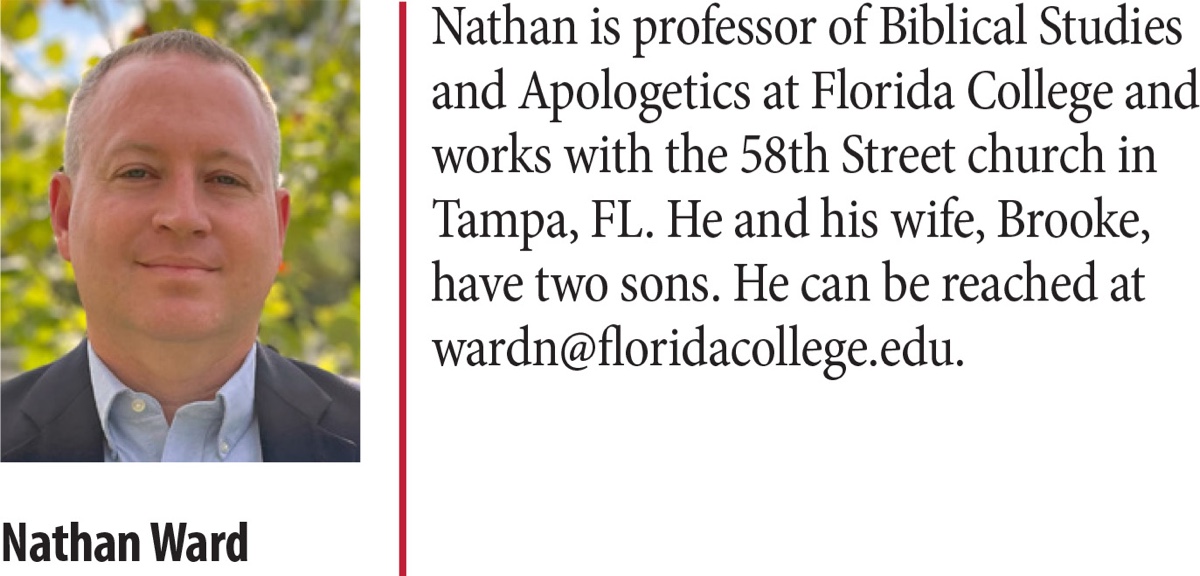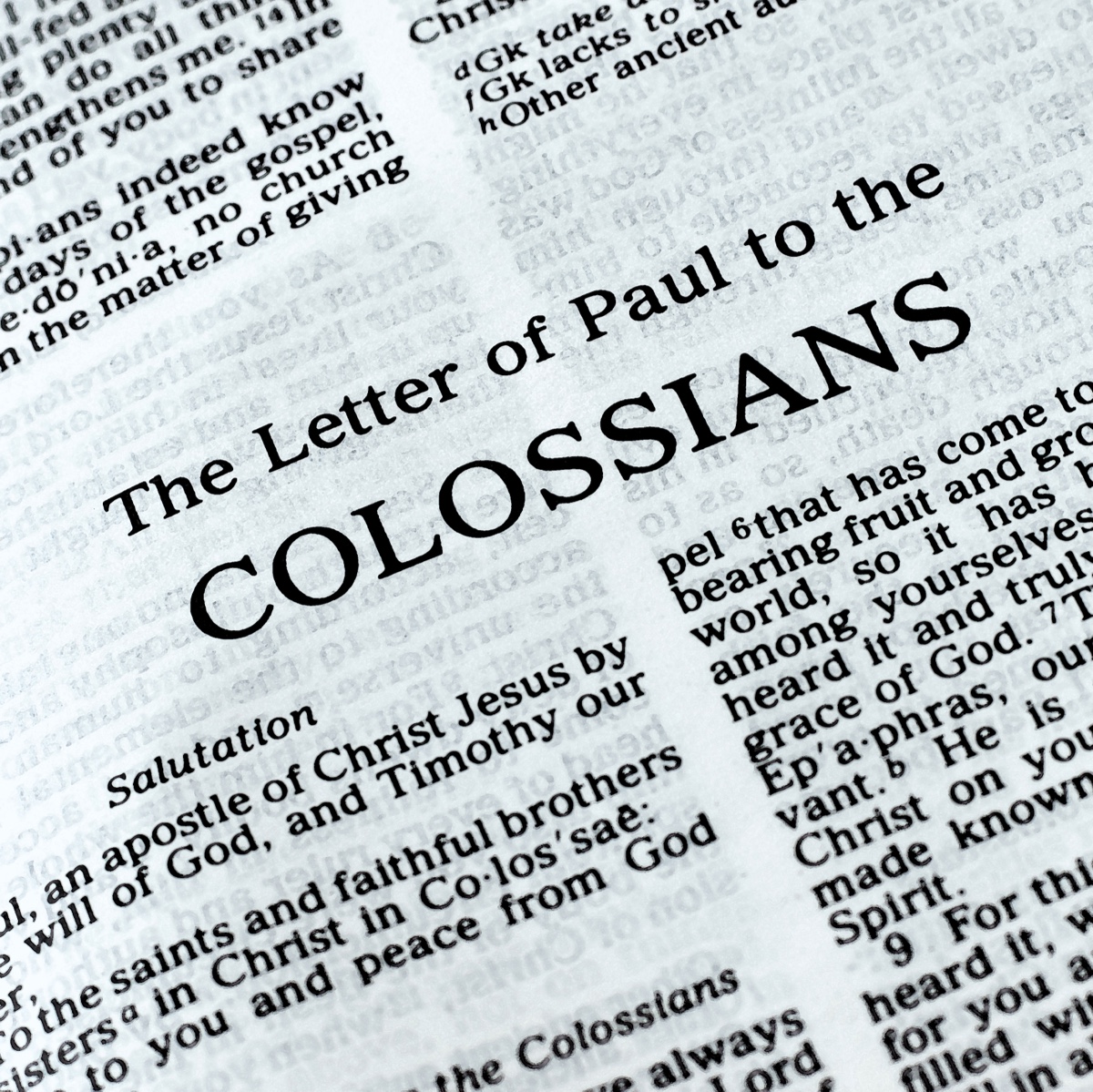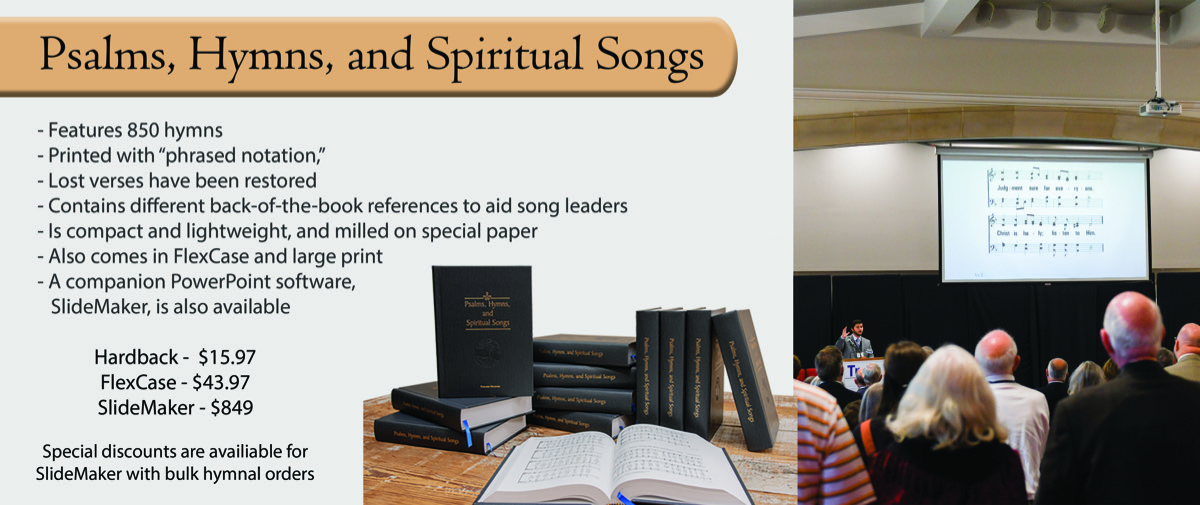By Nathan Ward
Synopsis: This introductory article helps us better understand the nature of the false teaching that was infiltrating Colossae and the solution Paul provided to it.
Paul’s letters to various congregations are a key part of Scripture. Each brings a variety of internal and external contexts for consideration, all of which are valuable in understanding the letter. Given the space constraints, I cannot examine all the relevant information, so this article will focus on two key issues related to Colossians: the nature of the false teaching in Colossae and the solution Paul provided (See Note #1).
Paul’s letters were never mere greetings or well wishes, but were always written in response to a particular occasion in his life or the lives of his readers. In this case, Epaphras visited Paul (1:8) and brought news of a false teaching in the Lycus River Valley that threatened the Colossian Christians. Although this topic has been studied intensely for generations, questions persist as to just what was going on in Colossae.
The clearest picture of the false teaching is in chapter 2, where Paul seems to address several elements of it. There are, however, various difficulties in such “mirror-reading” of an ancient document. For example, Paul may have used irony or exaggeration for rhetorical effect. Did he try to describe the false teaching precisely or persuade the Colossians to see the folly of it? Did he quote the false teachers, or lampoon their teaching? Even so, this chapter is our best hope to determine the false teaching. In particular, Paul mentioned philosophy, human tradition, and the elemental spirits of the world (2:8); food, festivals, and Sabbaths (2:16); visions and angel worship (2:18); and asceticism (2:18, 20-23). Many consider circumcision (2:11-13) to be a part of the teaching as well, though Paul’s mention of it may be part of the solution, not part of the problem.
The difficulty is at once evident. Some elements seem Jewish. Some elements seem to have nothing to do with Judaism. Some elements may or may not have to do with the false teaching. All of it needs to be weighed carefully with the dangers of mirror-reading in mind.
There is no consensus as to what the problem was, but educated guesses can be made. Diagnostic simplicity suggests it is best to presume Paul addressed a single problem, so our approach will attempt to reconcile the various elements. Even as we consider the options, we must constantly remember that our knowledge of first-century Asia Minor, and the situation in this church, is limited and certainty is impossible.
If circumcision is an element of the false teaching, then it would head the list of Jewish elements alongside Sabbaths. Sabbaths do not stand alone, as the triad of feasts, new moons, and Sabbaths are a regular Old-Testament grouping, where they seem to represent the commandments of the Law (e.g., 1 Chron 23:30-31; 2 Chron 2:4; 8:12-13; 31:3; Isa. 1:13-14; Ezek. 45:17; Hos. 2:11; cf. Justin, Dialogue with Trypho, 8). Food laws also fit here, and “human traditions” may refer to the traditions of the elders so loved by the Pharisees (cf. Mark 7:1-23). In addition to these clearly Jewish elements in Colossians 2, Judaism was undoubtedly present in that time and place, and was a problem that Paul faced (e.g., Acts 14-15; Galatians).
Some have argued that all the elements of Colossians 2 make sense as warning against Judaism, and theories which find parallels in Gnosticism or other pagan philosophies are unnecessary. However, it seems that there are also pagan elements, which would indicate that it is not merely Judaism under consideration. As a result, various Gnosticized forms of Judaism have been suggested, but evidence of such belief systems in this time and place has not been found. In some cases, it is clear that these systems did not exist in the first century.
Others have sought to find parallels among pagan religions and philosophies. Some have suggested that Colossian false teaching was tied to Gnosticism, a philosophical system to which many religions accommodated themselves. Gnosticism checks some boxes, particularly its asceticism and philosophical slant. It does not, however, account for the Jewish elements of the false teaching. Further, Gnosticism is a second-century development. At best, it would be an incipient form of Gnosticism mixed with Judaism.
No worldview that we know accounts for all the data. Instead, it is likely a syncretistic problem—either a paganized Judaism or a Judaized paganism, with the only questions being which broke into the other and which was more dominant. This approach accounts well for the data and is historically plausible: on one side, God’s people had a long history of mixing Yahweh worship with idolatry; on the other, syncretism was not only inevitable but encouraged in polytheism.
Unlike the false teaching that serves as the backdrop to Colossians, the solution is quite simple to see, for Paul’s emphasis is not on explaining the heresy, but on meeting error with truth. That truth—the answer to the false teaching—is Christ, who is overtly present in nearly every section of the letter.
In the introduction (1:1-14), Paul is an apostle of Christ writing to faithful brothers in Christ (1:1-2); he has heard of their faith in Christ (1:4); Epaphras is a minister of Christ (1:8); and their redemption is found in Christ (1:13-14). A hymn of praise to the preeminence of Christ follows (1:15-23), where Paul says Christ is the image of God and firstborn of creation (1:15), the creator and sustainer of all things (1:16-17), the one who is before all things (1:17), the head of the church and firstborn of the dead (1:18), and the fullness of God (1:19), who reconciles all things back to God (1:20-23).
In discussing his ministry of the mystery (1:24-2:5), Paul defines the mystery as “Christ in you” (1:27) or simply “Christ” (2:2); Paul’s ministry is to proclaim Christ in order to present everyone mature in Christ (1:28), because all the treasures of wisdom and knowledge are in Christ (2:3) and firmness of faith in Christ prevents delusion by false teaching (2:4-5).
In Paul’s discussion of the false teaching (2:6-3:4), the centrality of Christ is most noteworthy. In this context, Paul urges them to keep walking in Christ (2:6) and says that the philosophy is not according to Christ (2:8), in whom the whole fullness of deity dwells bodily (2:9). Indeed, there is no reason to fall prey to the false teaching, because they are connected to Christ: filled with Christ (2:10); covenanted with, baptized in, raised by, and made alive with Christ (2:11-13); their sins were taken away by Christ (2:14). As to the spiritual forces that so enamored the false teachers, Christ disarmed them, triumphing over and shaming them (2:15). Thus, because of Christ, there is no need to listen to them (2:16). In fact, their obsessions are merely shadows of which Christ is the reality (2:16-17) and buying into the false teaching will separate them from Christ—the head (2:18-19). In summation, death with Christ means freedom from human regulations (2:20-23) and life with Christ means a new focus (3:1-4): Christ, at the right hand of God (3:1), a life hidden with Christ in God (3:3), Christ who “is your life” (3:4), and an eager expectation of the appearing of Christ with whom they will appear in glory (3:4).
As the letter moves to more general exhortations (3:5-4:1), Christ is somewhat less prominent, though He still is clearly present. There is no distinction between any Christian, because Christ is all and in all (3:11). The statement that “Christ is your life” (3:4) is clarified (3:15-17) as the peace of Christ rules in the heart (3:15), the word of Christ dwells in you richly (3:16), and the name of Christ governs all speech and action (3:17). Likewise, Christ is central in the relationships discussed (3:18-4:1), as wives, children, slaves, and masters are all called upon to remember their Lord.
At times, it seems Paul’s letter to the Colossians provides more questions than answers. Even so, in the final analysis, there is much clarity: Christ is the answer. A proper understanding of Christ’s divine person and atoning work reveals the lie of false teaching, exposing it for the empty fraud that it is. This is the enduring message of Colossians, for it is true in every circumstance for every apostasy that ever comes along: a proper understanding of Christ is vital to standing against every form of error.
Note #1: This is a modified and abbreviated version of my essay on Colossians in From the Pen of Paul, 2nd Ed. (Temple Terrace: Florida College Press, 2022), 288-306. See there for discussions of more topics (including background on the city of Colossae, the church in Colossae, and the authorship, date, and provenance of the epistle), full citation information documenting my research, and a list of recommended resources for further study.


